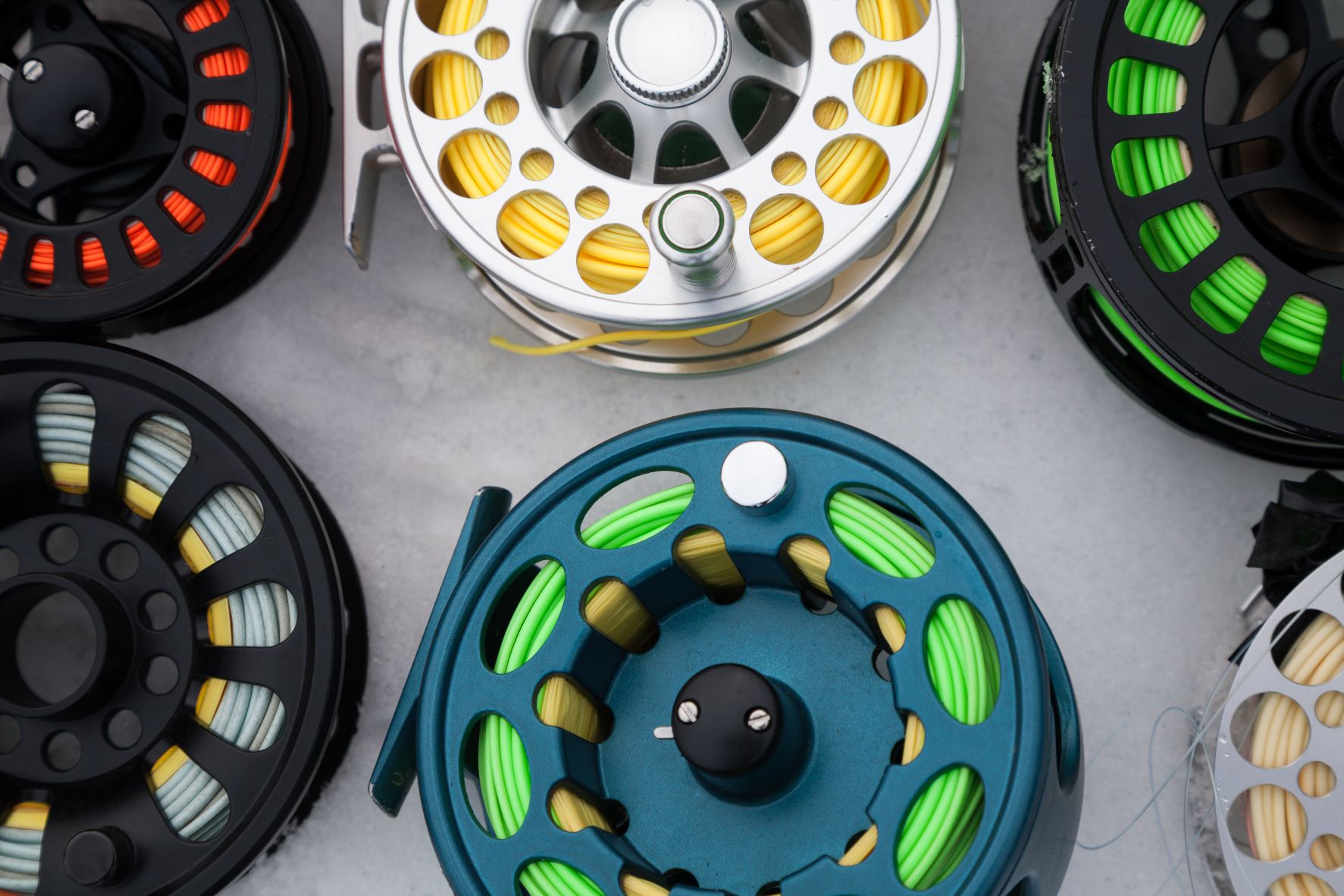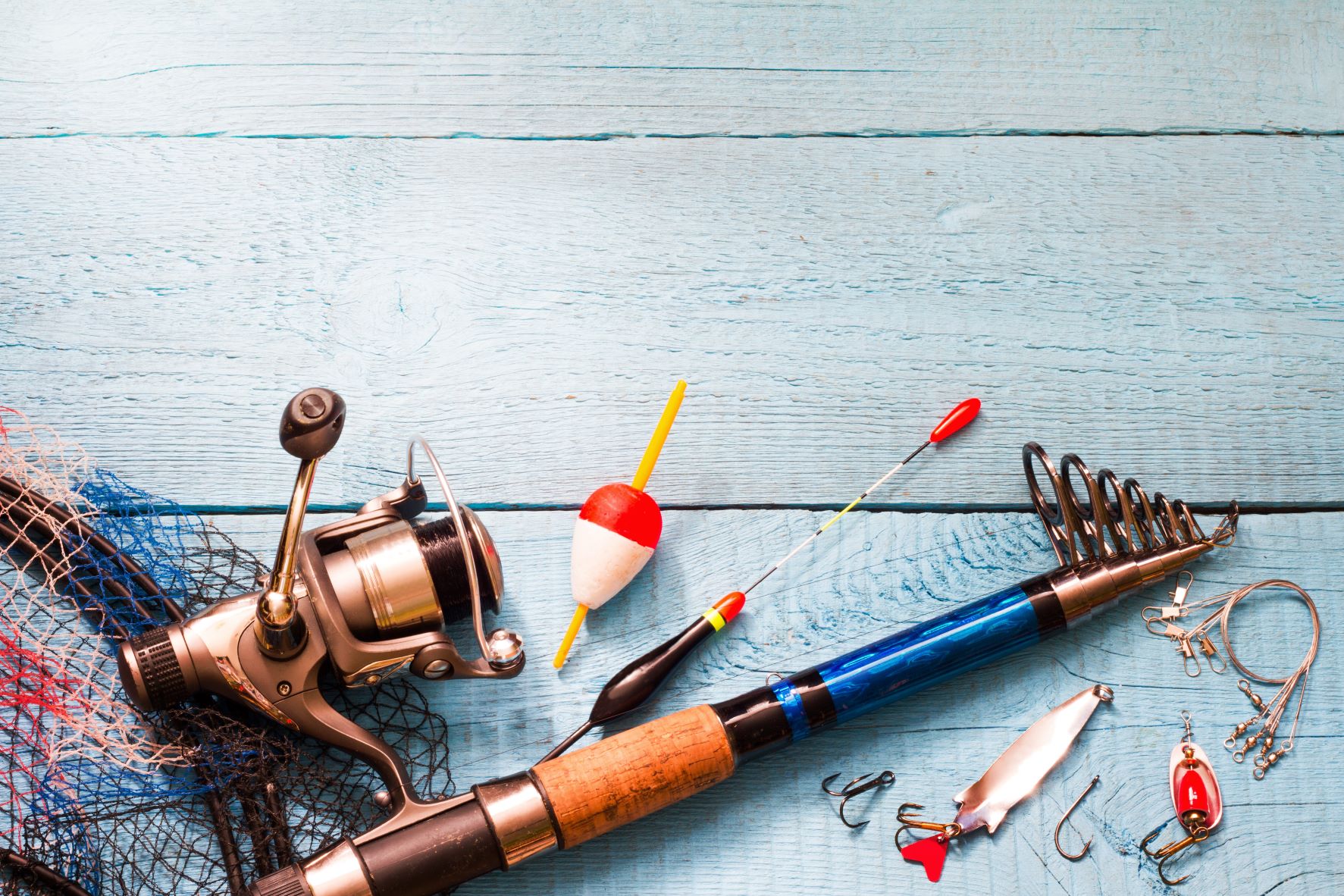
Monofilament, braid and fluorocarbon are the 3 major types of fishing line used by anglers in the world. They come with different properties to help anglers targeting varying types of fishes in different settings, so in order to get the best results, make sure your choice of fishing line fits your target species, fishing style and scenarios, etc. Here we will go through the differences of these popular fishing lines.
Monofilament line
Monofilament is the most popular type of fishing line for many reasons. It is the cheapest option which also fits for a wide range of applications. It comes off the spool smoothly and not easy to tangle when compared with other kinds of line, and is easy to tie a knot with.
Monofilament line has roughly 15-30% more stretch than other types of line. This property helps to keep the line intact when the anglers are still learning how much strength to apply when a fish is hooked and shaking violently. All these features make this line the best choice for beginner anglers.
Abrasion resistance is another outstanding property of monofilament. This means it will be very durable when fishing near rocks, bridge pilings or any kind of abrasive structure. It can be used as main line or a leader.
However, monofilament is made of nylon, which means it will break down when exposed to sunlight or heat. So keep in mind to put on some fresh line on the spool regularly to make sure it works properly. Another problem is monofilament twists, which can happen when spooling onto a reel or retrieving a spinning lure repeatedly, resulting in poor casting and retrieving.

Braid line
Braid line is a new invention in the fishing line industry and has changed the preference of many professional anglers. It is made by multiple ultra-thin fibers woven together, thus having a smaller diameter when compared with monofilament or fluorocarbon line with the same pound test. This allows anglers to put more line on the spool, and cast further or deeper because lower diameter means lower air and water resistance. For example, a lighter sinker is needed when casting a 30lb braid main line versus a 30lb monofilament line.
Braid has no memory so it won’t have twist problems like monofilament. It also has no stretch, which can be good for a pro-angler but worse for a beginner. Lack of stretch provide the sensitivity some anglers need to detect lure action, feel a bite or bump of the bottom. It doesn’t break down in sunlight as monofilament does, so can last longer even it is more pricey.
One of the shortcomings of braid line is that the fibers can be damaged easily on harder structures like a rock, reef, pier or even the rough skin of a fish. So it may not be a good option when fishing near those structures. Braid is not as transparent as monofilament, so when it is used as the main line, a monofilament or fluorocarbon line will be used as a leader to hide the line from the fish.

Fluorocarbon line
Fluorocarbon line is usually used as leader when fishing in clear water areas. It is a polymer with a refractive index that is closer to water than nylon, making light to pass through it rather than reflecting from it. Fluorocarbon line is nearly invisible to fishes and so is a great choice of leader line when monofilament or braid is used as the main line.
Another important feature of fluorocarbon is abrasion resistance. It is tougher than monofilament and so can take up the challenge of toothy fishes and hard structures in different fishing scenarios.
As the production cost of fluorocarbon line is higher, it is more expensive than monofilament. But in actual case it won’t really cost much because fluorocarbon is always used in shorter length than other types of fishing line.


